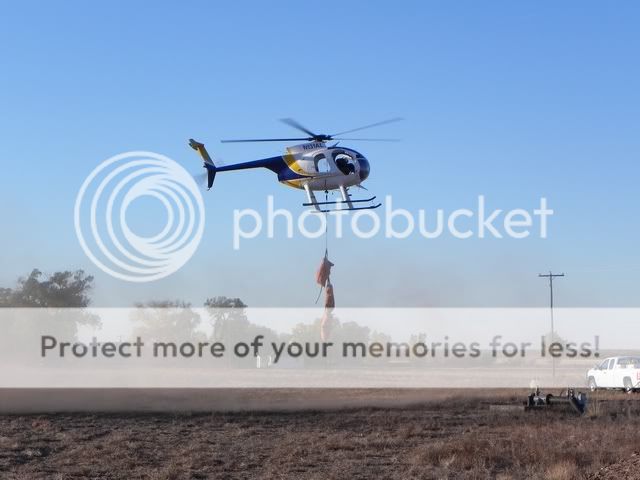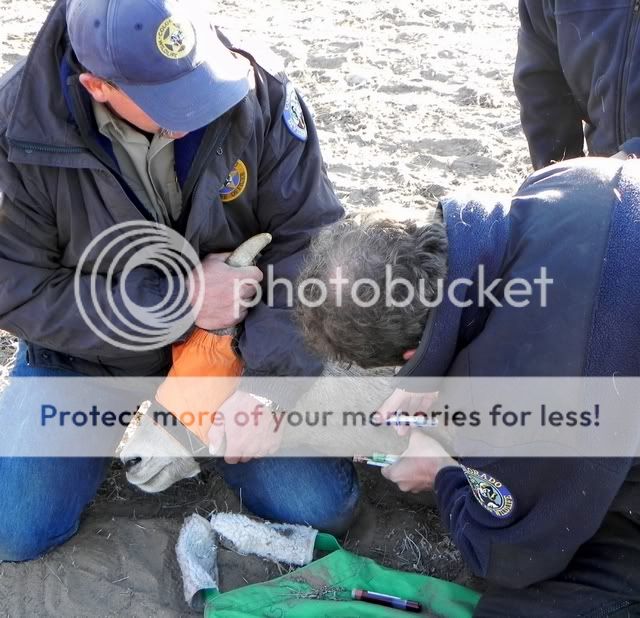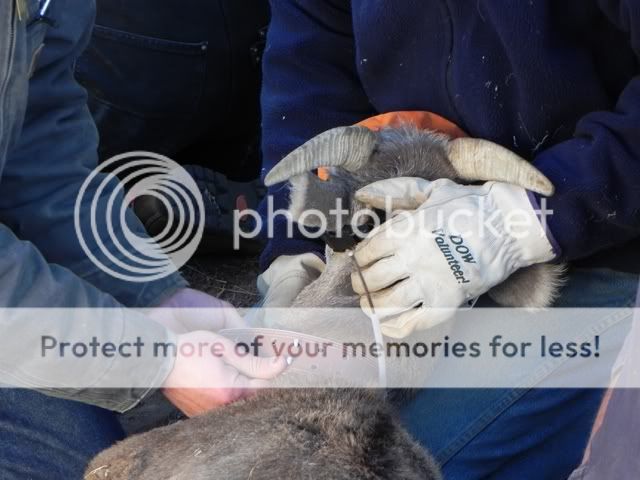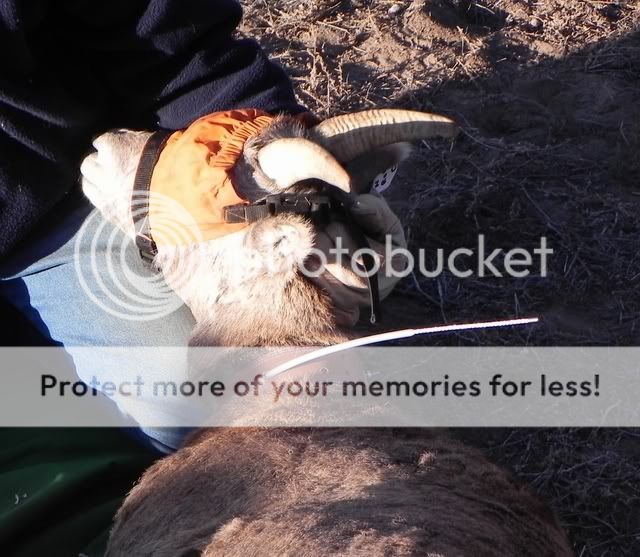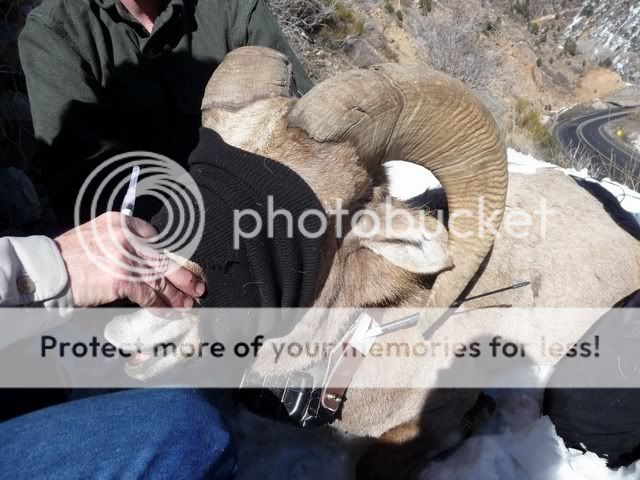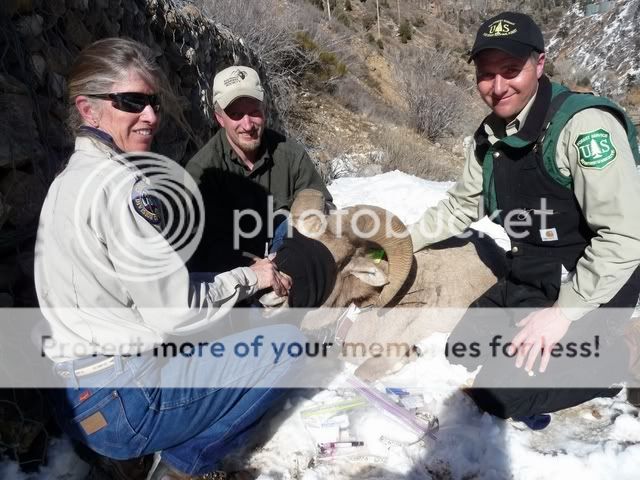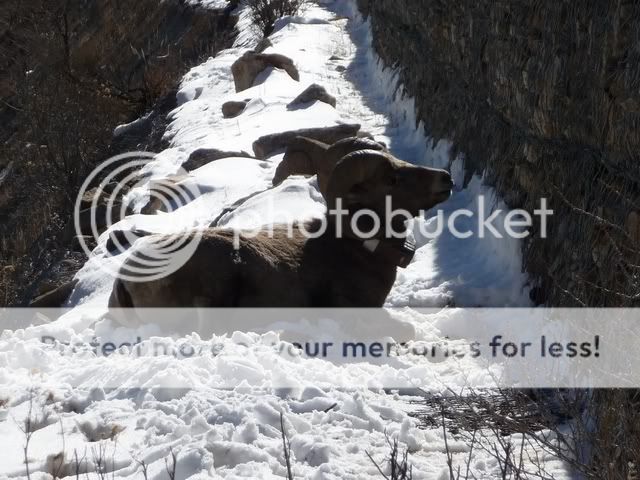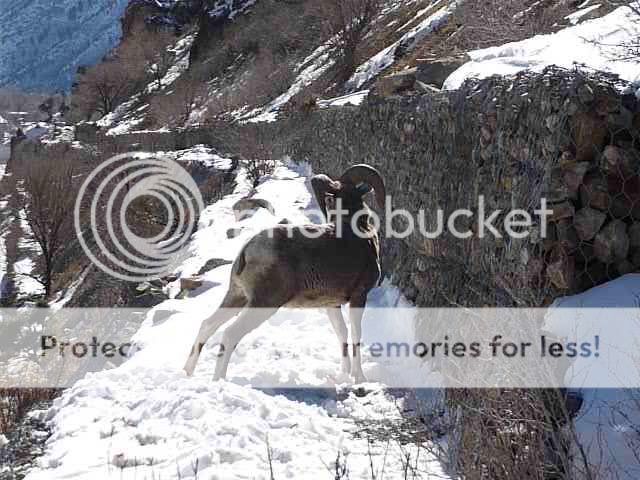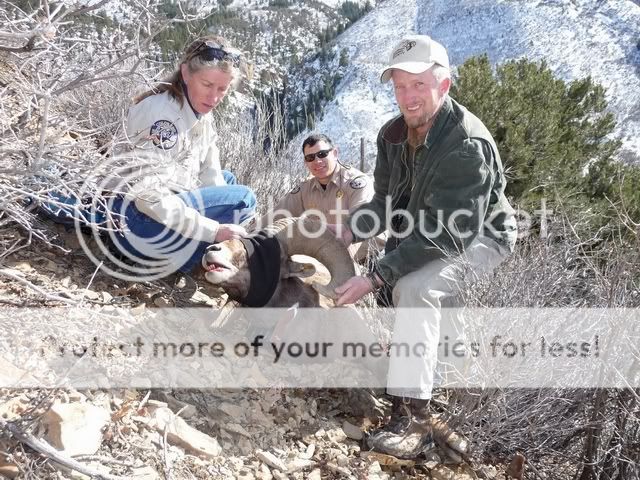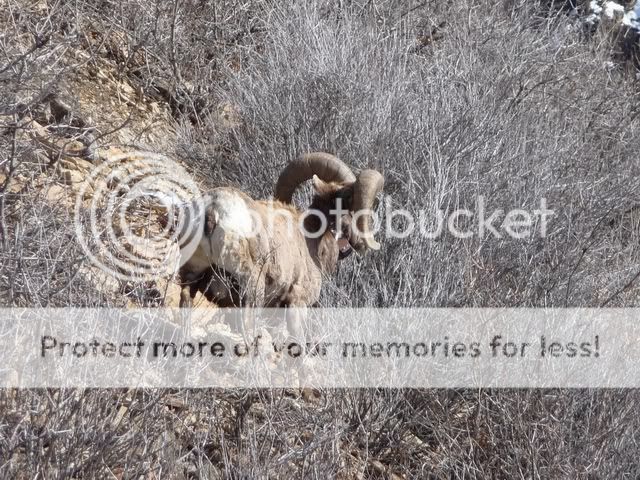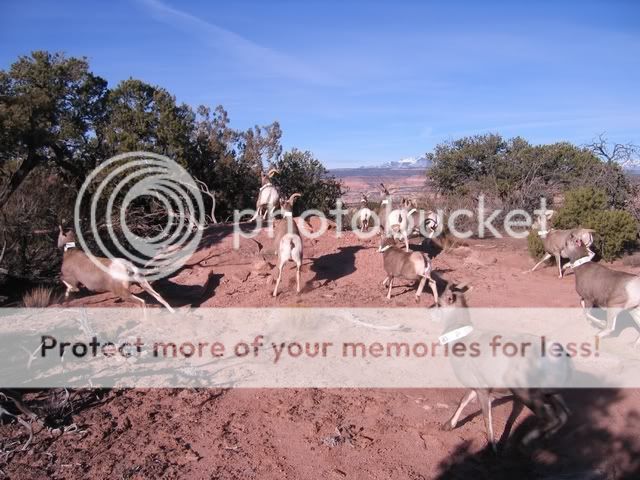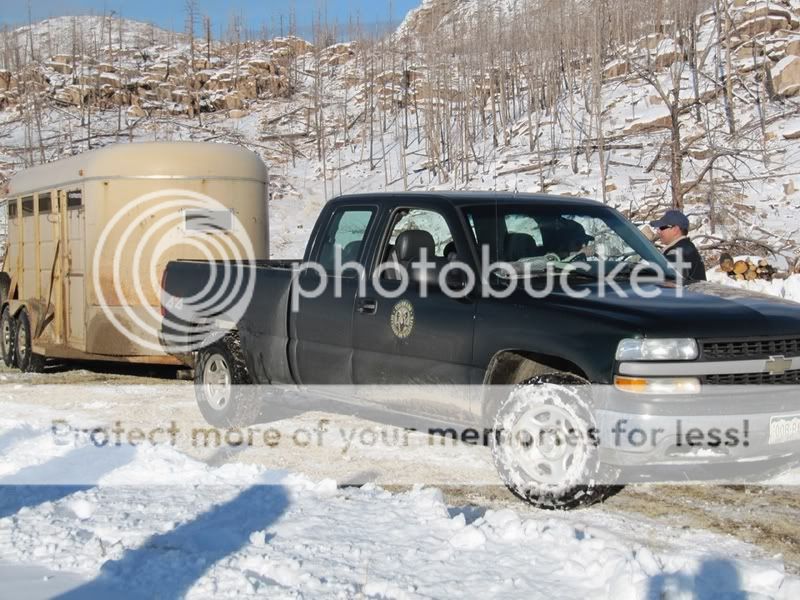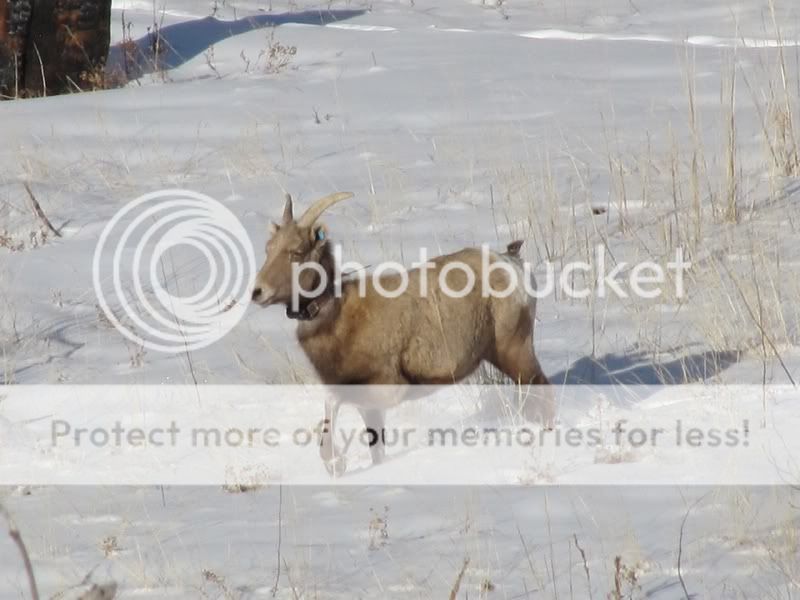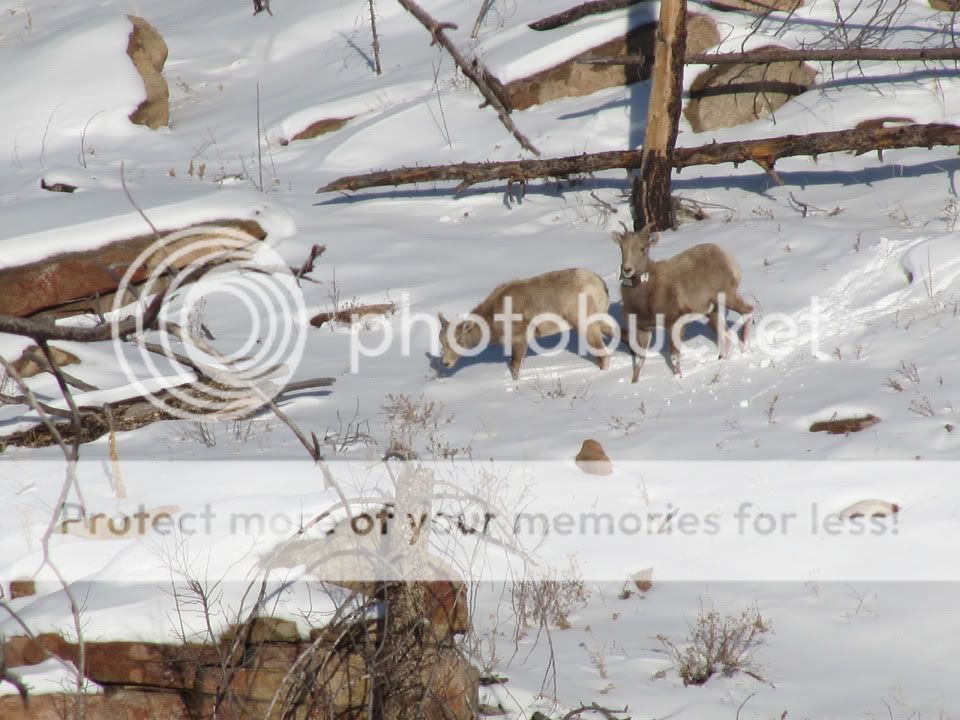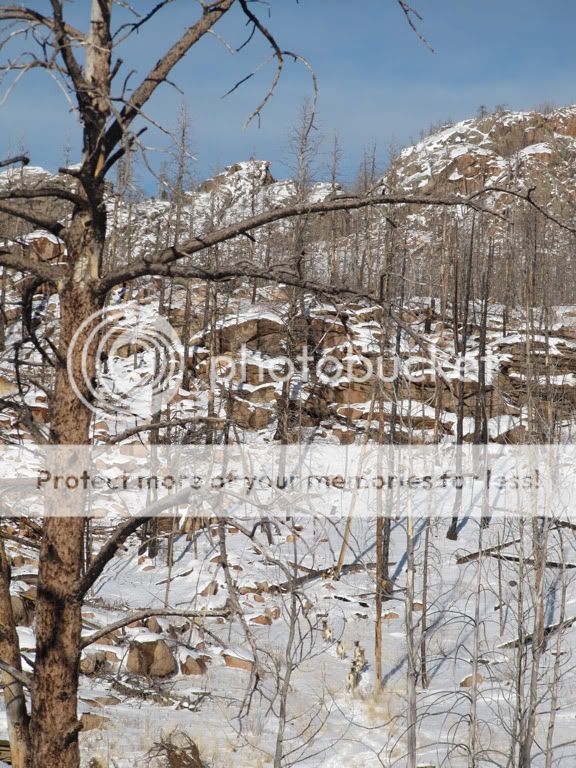Thanks to Big Fin for letting me spam his website with our non-profit's information.
The Rocky Mountain Bighorn Society is holding its 36th annual banquet on April 30th in Denver. Things kick off at 10:30am with the life member brunch, followed by seminars throughout the day. The CDOW will be giving a presentation on the status of bighorn sheep in Colorado. World-traveled sheep hunter Butch White will speak on hunting sheep in Asia, as a precursor to two Asian hunts offered later in the evening at auction. Afternoon activities will conclude with the annual membership meeting.
Social hour will start at 4:00pm, with free beer (with dinner ticket) provided by Coors Brewing Company. After dinner, at approximately 7:00pm, we will draw the raffle winners of the statewide bighorn sheep, mountain goat and pronghorn tags. We will also draw the winners of the two custom Weaver rifles and the Swarovski optics. For more raffle information, photos of the custom rifles, and to purchase tickets, visit the raffle webpage. Credit cards can now be used in Colorado to purchase raffle tickets. Buy early and often. Need not be present to win.
Need not be present to win.
After raffle winners are drawn we will hold the live auction. We have lined up some great items this year, including a Kyrgyzstan Marco Polo hunt from Bryan Martin of Asian Mountain Outfitters. We will also be auctioning a Kyrgyzstan mid-Asian ibex hunt from Bryan (there will be minimum bids on both hunts). As always, we will auction an oryx hunt on the Armendaris Ranch in New Mexico, as well as many other hunting and fishing trips. Many of the sponsors of OYOA are also great donors to RMBS, and you will find items from Mystery Ranch, HuntingGPSMaps, Sitka Gear, Kenetrek, Yeti Coolers, and more in the silent and live auctions.
New for this year: You must pre-register by April 24th if you intend to eat dinner at the banquet. Registration will be limited to the first 350 people, and the first 200 registrants will be entered into a drawing for a $200 credit to be used in the live or silent auctions. For more information or to register, check out the banquet webpage.
As always, we will have a taxidermy display, and would appreciate those will sheep or goat taxidermy to bring their animals for display. Please contact banquet chair Jed Prendergast. His contact information is on the banquet webpage.
The Rocky Mountain Bighorn Society is holding its 36th annual banquet on April 30th in Denver. Things kick off at 10:30am with the life member brunch, followed by seminars throughout the day. The CDOW will be giving a presentation on the status of bighorn sheep in Colorado. World-traveled sheep hunter Butch White will speak on hunting sheep in Asia, as a precursor to two Asian hunts offered later in the evening at auction. Afternoon activities will conclude with the annual membership meeting.
Social hour will start at 4:00pm, with free beer (with dinner ticket) provided by Coors Brewing Company. After dinner, at approximately 7:00pm, we will draw the raffle winners of the statewide bighorn sheep, mountain goat and pronghorn tags. We will also draw the winners of the two custom Weaver rifles and the Swarovski optics. For more raffle information, photos of the custom rifles, and to purchase tickets, visit the raffle webpage. Credit cards can now be used in Colorado to purchase raffle tickets. Buy early and often.
After raffle winners are drawn we will hold the live auction. We have lined up some great items this year, including a Kyrgyzstan Marco Polo hunt from Bryan Martin of Asian Mountain Outfitters. We will also be auctioning a Kyrgyzstan mid-Asian ibex hunt from Bryan (there will be minimum bids on both hunts). As always, we will auction an oryx hunt on the Armendaris Ranch in New Mexico, as well as many other hunting and fishing trips. Many of the sponsors of OYOA are also great donors to RMBS, and you will find items from Mystery Ranch, HuntingGPSMaps, Sitka Gear, Kenetrek, Yeti Coolers, and more in the silent and live auctions.
New for this year: You must pre-register by April 24th if you intend to eat dinner at the banquet. Registration will be limited to the first 350 people, and the first 200 registrants will be entered into a drawing for a $200 credit to be used in the live or silent auctions. For more information or to register, check out the banquet webpage.
As always, we will have a taxidermy display, and would appreciate those will sheep or goat taxidermy to bring their animals for display. Please contact banquet chair Jed Prendergast. His contact information is on the banquet webpage.




